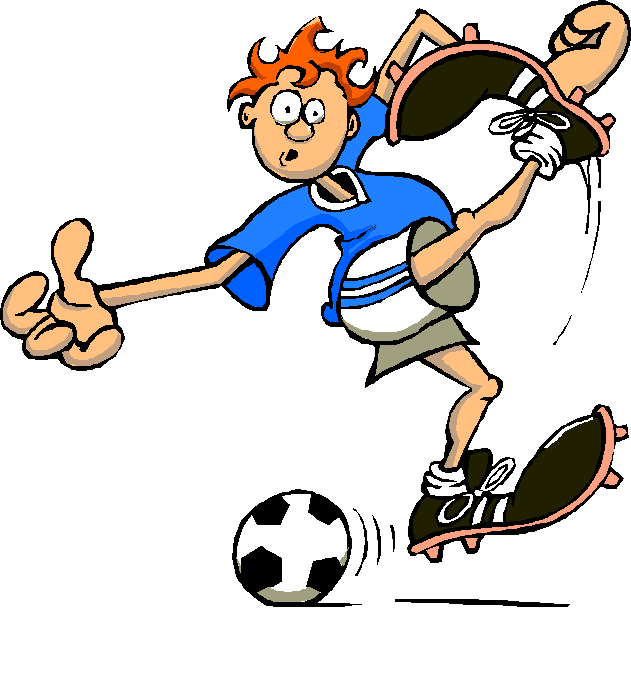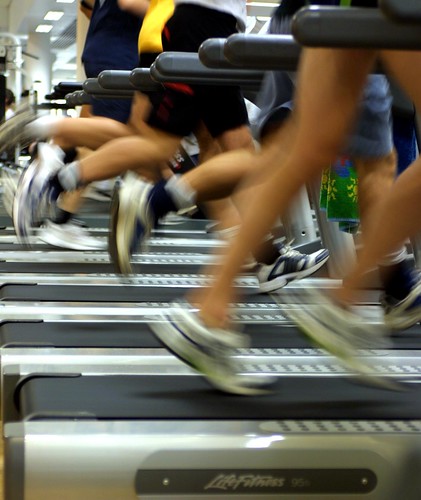 Foot and ankle problems in children often go unnoticed. Signs and symptoms can be subtle, and sometimes children can’t explain what’s wrong. But it’s important to protect growing feet and have problems checked out early.
Foot and ankle problems in children often go unnoticed. Signs and symptoms can be subtle, and sometimes children can’t explain what’s wrong. But it’s important to protect growing feet and have problems checked out early.The American College of Foot and Ankle Surgeons offers five warning signs parents should watch for.
1. Your Kids Can’t Keep Up with Their Peers
If children lag behind in sports or backyard play, it may be because their feet or legs are tired. Fatigue is common when children have flat feet. The muscles in the feet and legs tire easily because the feet are not functioning as well as they should.
2. Children Voluntarily Withdraw from Activities they Usually Enjoy
If they are reluctant to participate, it may be due to heel pain — a problem often seen in children between the ages of 8 and 14. Repetitive stress from sports may cause muscle strain and inflammation of the growth plate, a weak area at the back of a child’s heel.
3. They Don’t Want to Show You Their Feet
Children may feel pain or notice a change in the appearance of their feet or nails but don’t tell their parents because they fear a trip to the doctor’s office. Surgeons encourage parents to make a habit of inspecting their child’s feet starting at a young age. Look for any changes such as calluses, growths, skin discoloration, or redness and swelling around the toenails.
4. Your Child Often Trips and Falls
Repeated clumsiness may be a sign of in-toeing, balance problems or neuromuscular conditions.
5. The Child Complains of Pain
It is never normal for a child to have foot pain. Injuries may seem minor, but if pain or swelling last more than a few days, have your child’s foot examined.
If your child exhibits any of the above signs or symptoms please contact our office to set-up a consultation, 440-946-5858, for proper diagnosis and treatment.



